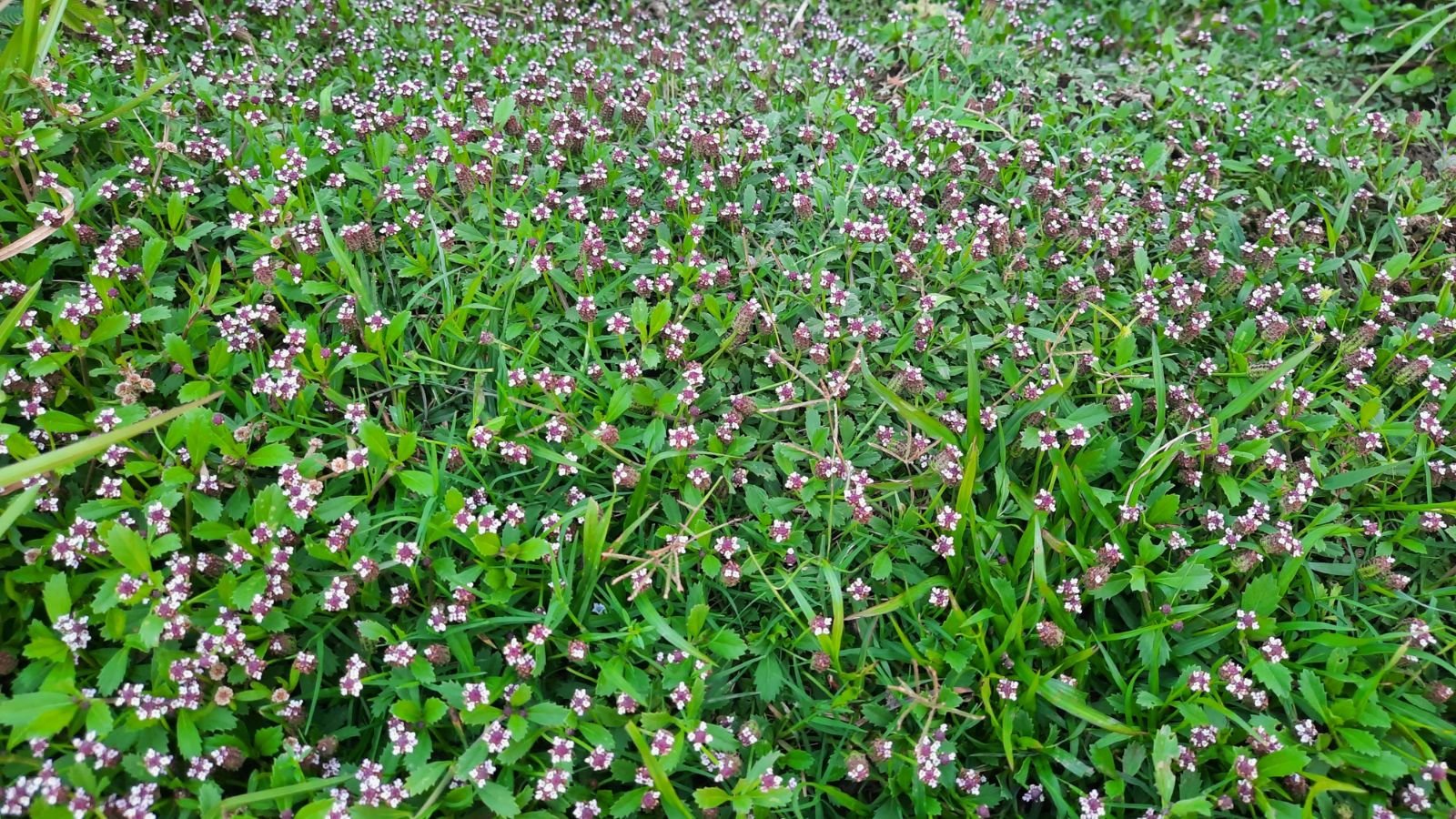[ad_1]
Kurapia ground cowl is an fascinating plant. Typically known as Phyla nodiflora (beforehand Lippia nodiflora) its a regular evergreen ground cowl that is found on most continents. It does, nonetheless, perform terribly successfully in drought-stricken areas. Even in areas the place it would get ample portions of water, it makes a wide variety for a backyard varied. The most important drawback of kurapia is that it’s not frost-hardy and may die once more all through frosts and freezes, nonetheless it’ll come once more inside the spring whether or not it’s successfully established.
Some sorts of kurapia getting used for ground covers are patented, so availability is often an issue. Nonetheless, it is obtainable on-line as a low repairs turf grass. Kurapia is widespread in California and is starting to make inroads into completely different areas as a drought-tolerant ground cowl that will tolerate mild foot guests, too. It is often purchased as plugs which may be planted every 15 inches.
The plugs will develop quickly and make transient work of filling in any gaps inside just some months. Preserve the newly planted plug successfully watered with passable aeration until it is established and energetic shoot improvement is present. It will reward you with some great benefits of abrasion administration, water conservation, and weed suppression. Kurapia ground cowl makes a beautiful backyard substitute that has a extreme stage of sickness resistance and tolerates many soil varieties and rising circumstances.
Overview
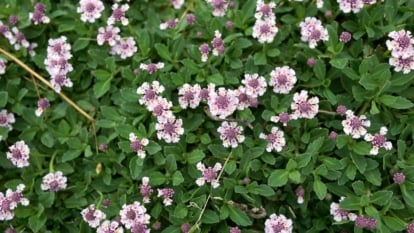

|
|
|
|
What’s Kurapia?
Kurapia, can be known as frog fruit, observed tooth fog fruit, or turkey tangle. This ground cowl plant is a perennial in most areas, although it is not frost-hardy and may die once more in zones the place the temperatures drop beneath 38°F (20°C) inside the winter. If kurapia is successfully established then it could presumably recuperate inside the spring after dying once more inside the winter. It is an evergreen in zones with no laborious frost.
Native Area
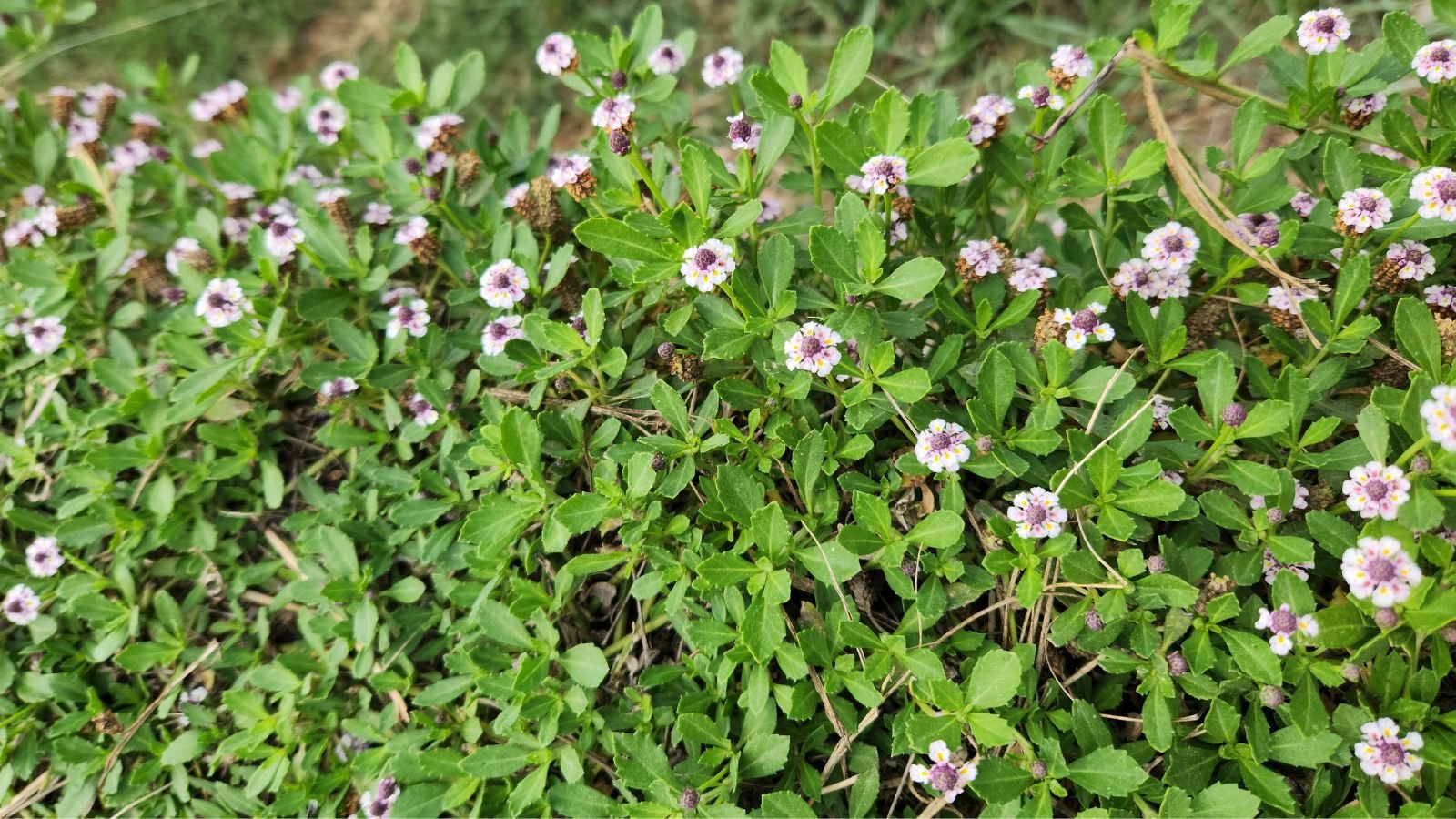

Phyla nodiflora is native to most areas of the world and has moreover been launched into many others. The widespread areas cowl most of South America, southern United States, most of Africa, most of Australia, some areas inside the Heart East, southern Europe, and the southern elements of Asia.
Traits
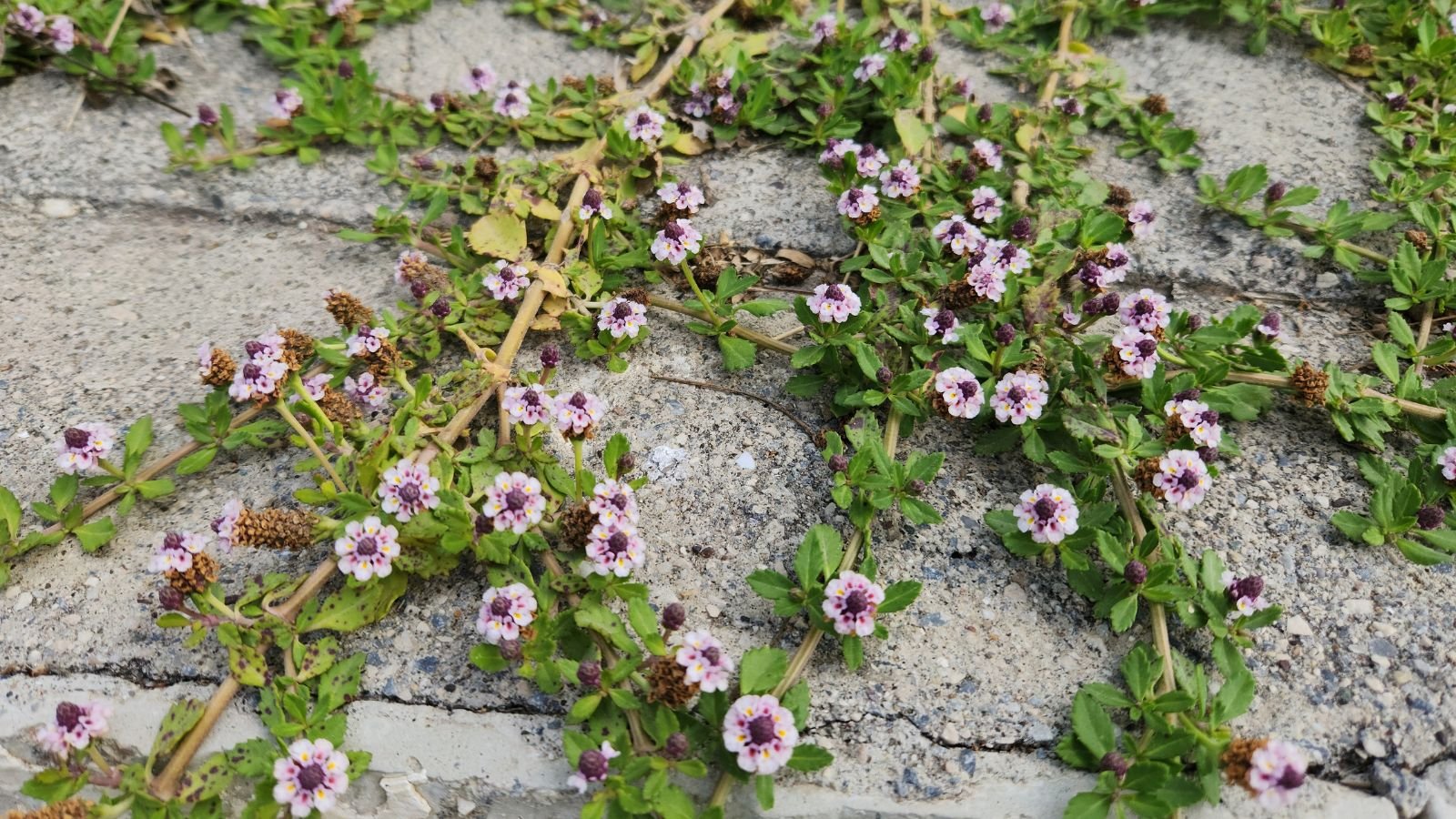

Kurapia resembles clover and has an identical improvement conduct along with small white flowers. It has a extremely deep root system that will attain down 5 to 10 ft beneath the soil ground. The sturdy building of the idea system is what makes it considerably adept at providing soil erosion administration. It may really moreover merely be grown on slopes and it tolerates windy circumstances.
Used as a backyard substitute, it could be mown to 1 inch tall which moreover makes it develop horizontally. If left for over 50 days, it will flower inside the warmth season with small white to pink flowers with purple services counting on the variability.
Learn the way to Develop Kurapia
This turf varied and ground cowl requires minimal repairs. Nonetheless, study on to review its needs to include it in future duties for ground cowl and weed administration.
Delicate
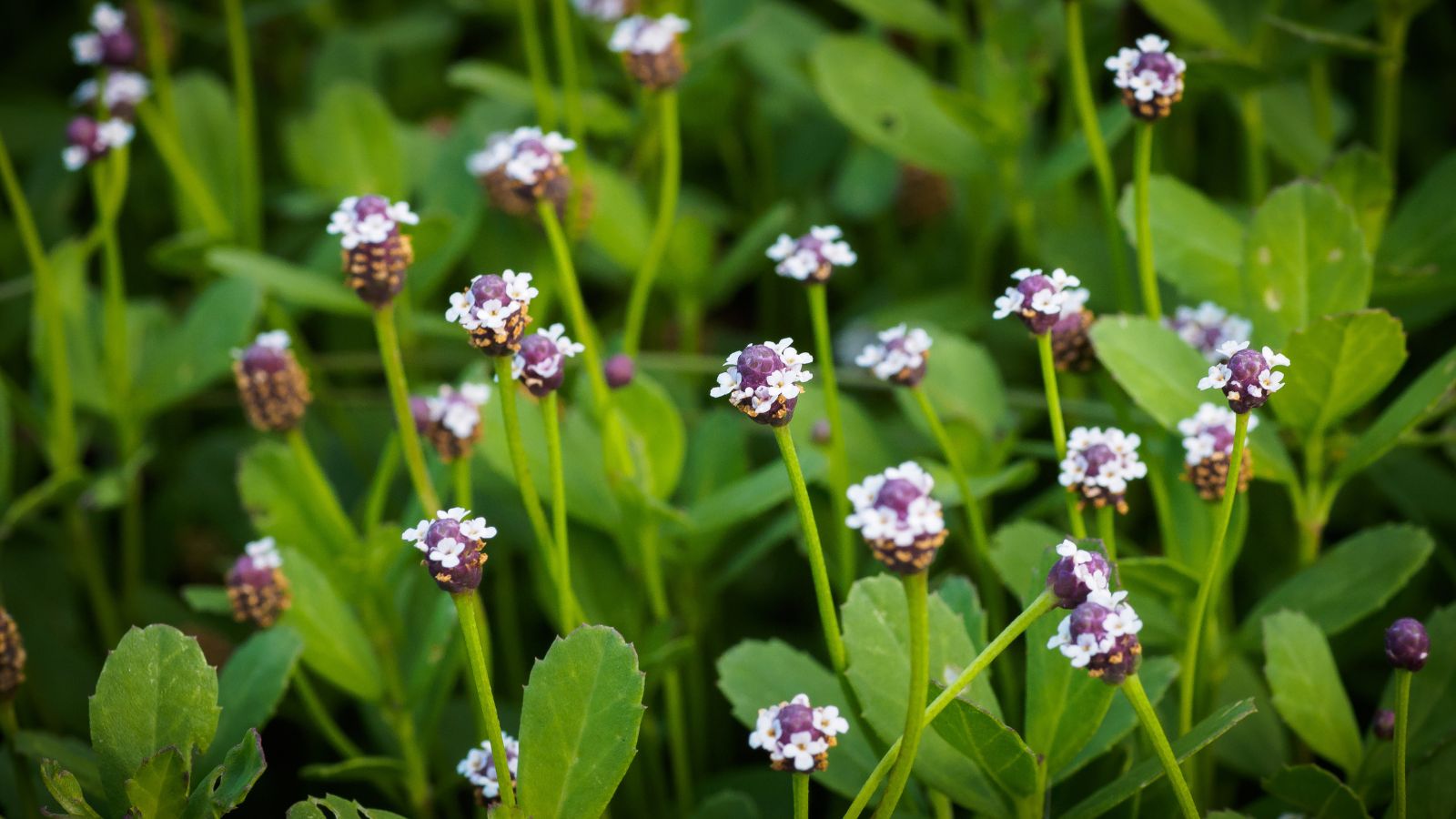

What makes this ground cowl very environment friendly is that is that although it prefers full photo voltaic, it could presumably moreover tolerate partial shade. Partly shade, it couldn’t develop as densely and mustn’t produce flowers. Six to eight hours of direct daylight per day is required for optimum improvement.
Water
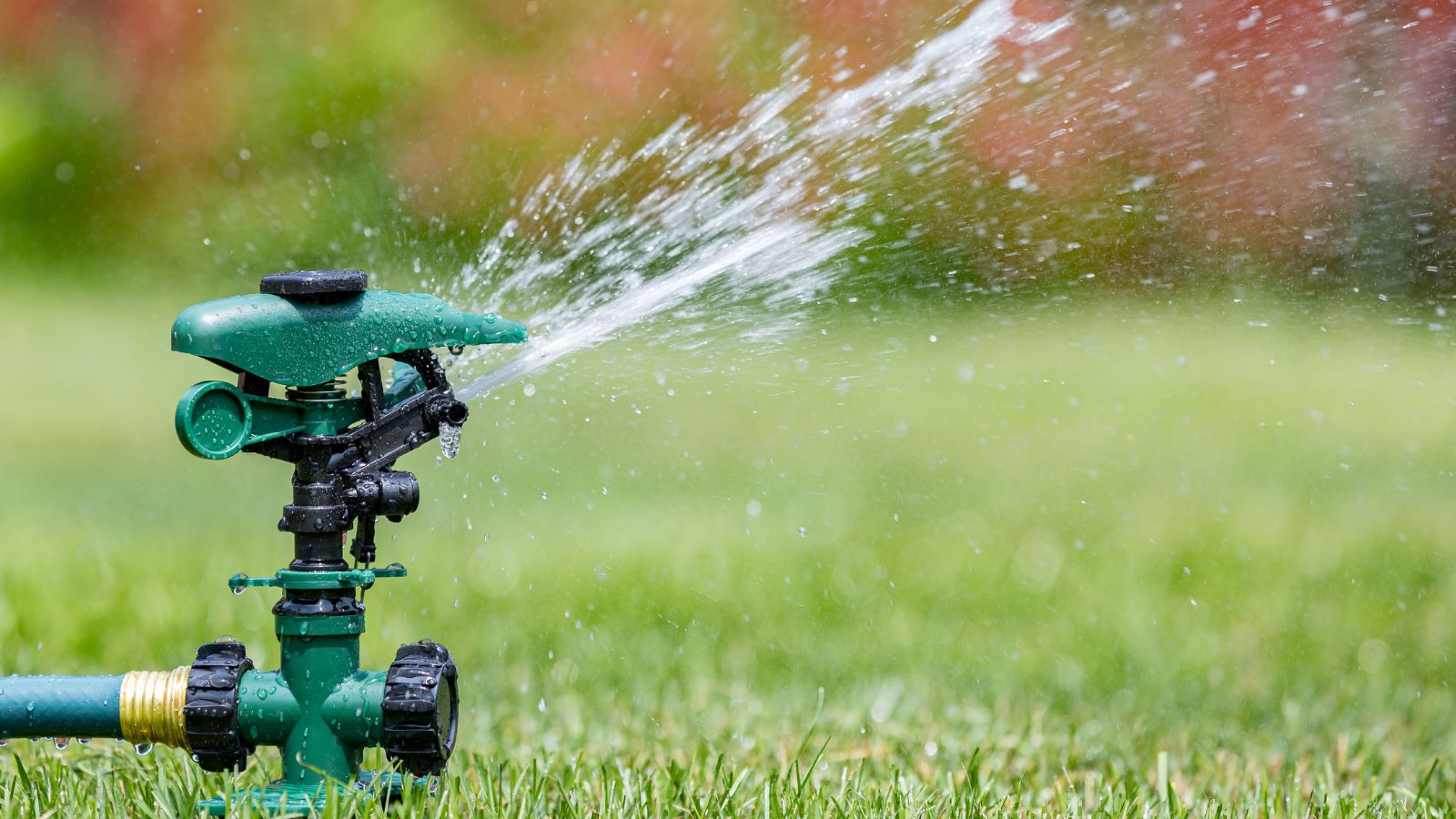

Kurapia is taken into consideration drought-tolerant. Nonetheless, it will do larger with widespread water. If there are intervals of drought, trials have confirmed that the underside cowl will die down, nonetheless will spring once more to life when watered generally.
The leaves retailer water of their vascular tissue which lets them carry onto water reserves longer than one other grasses.
Water this plant as evenly as potential to avoid uneven improvement. Irrigation applications or a sprinker are good alternatives. Water kurapia inside the morning twice per week in scorching summers. Cut back watering in winter when the crops are dormant. There is no should water if rainfall is widespread.
Soil
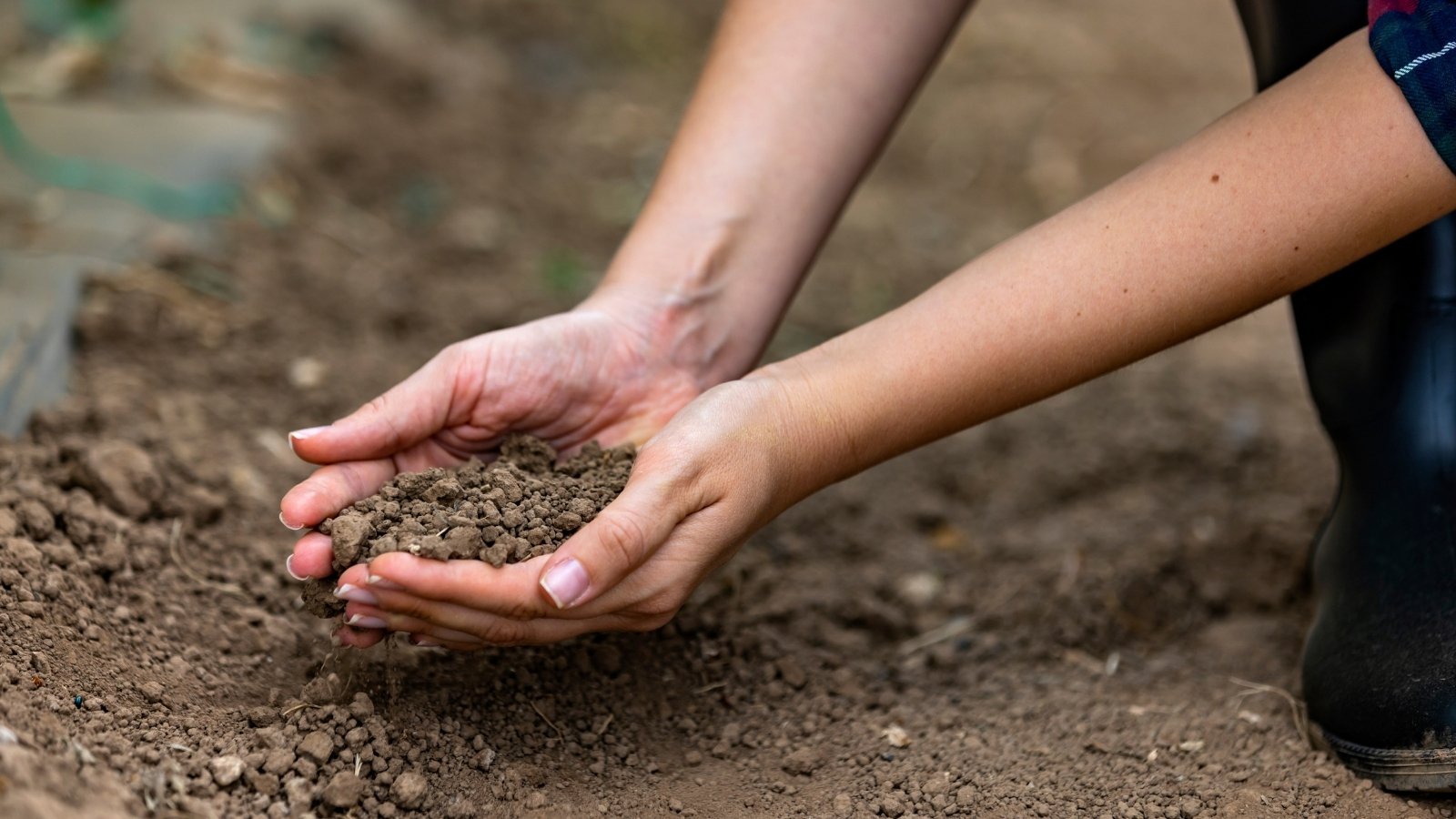

Plant in sandy loam soil enriched with pure matter. It may really moreover survive numerous circumstances along with excessive and low pH soils and even soils containing extreme salt concentrations. With its deep root system, it a wide variety for planting on slopes and completely different uneven surfaces.
Together with the soil erosion properties, its thick, dense improvement aids in weed suppression and as quickly as established prevents weed seeds from germinating by proscribing their entry to the soil ground.
Temperature
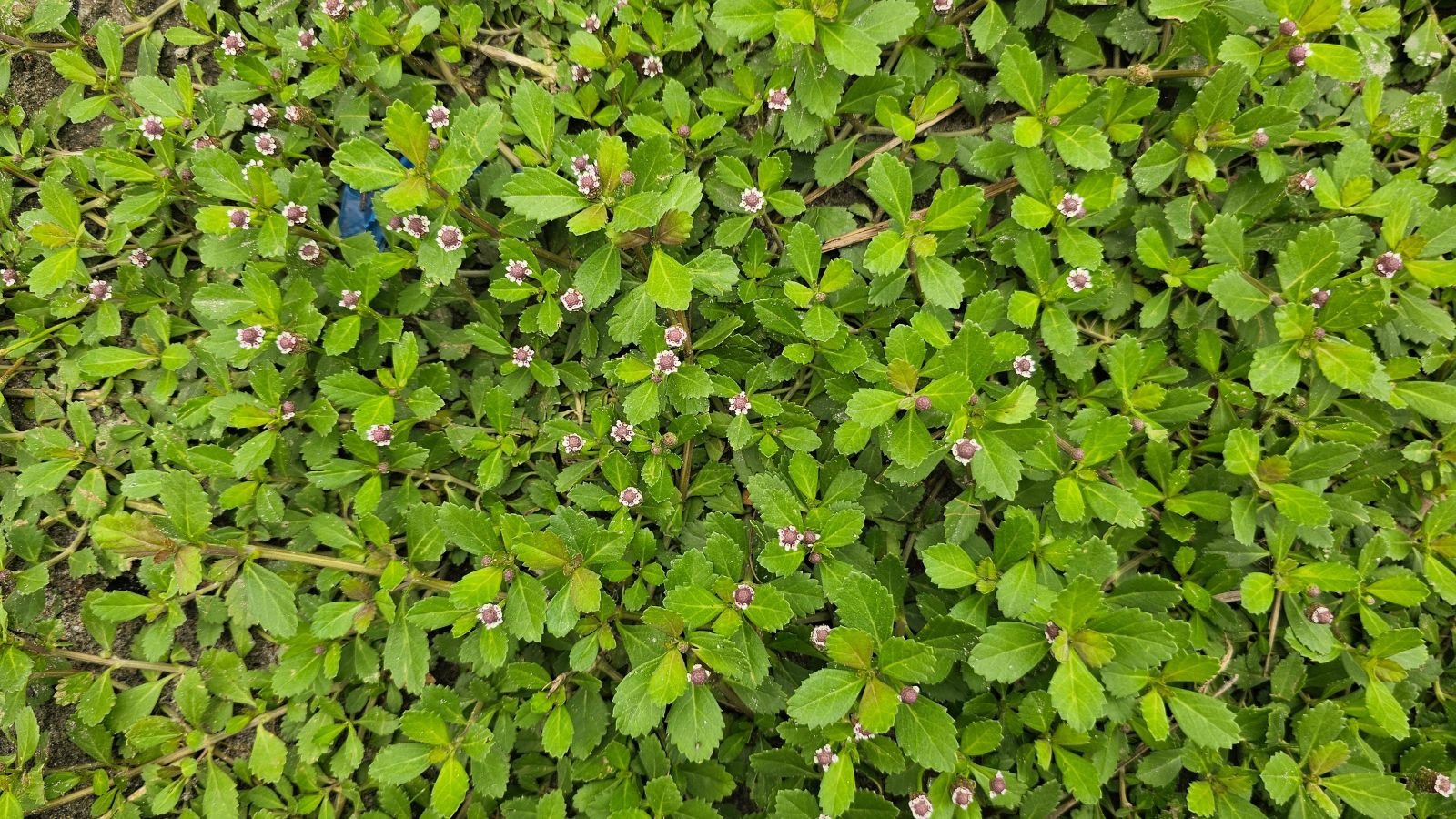

Kurapia is taken into consideration certainly one of many cool-season turf grasses because of it could presumably tolerate temperatures all the best way all the way down to 45°C (7°C). It will preserve evergreen in areas the place temperatures preserve above 38°F (3°C) like in zones 7b and higher, nonetheless will die once more if temperatures drop beneath that stage.
Fertilizing
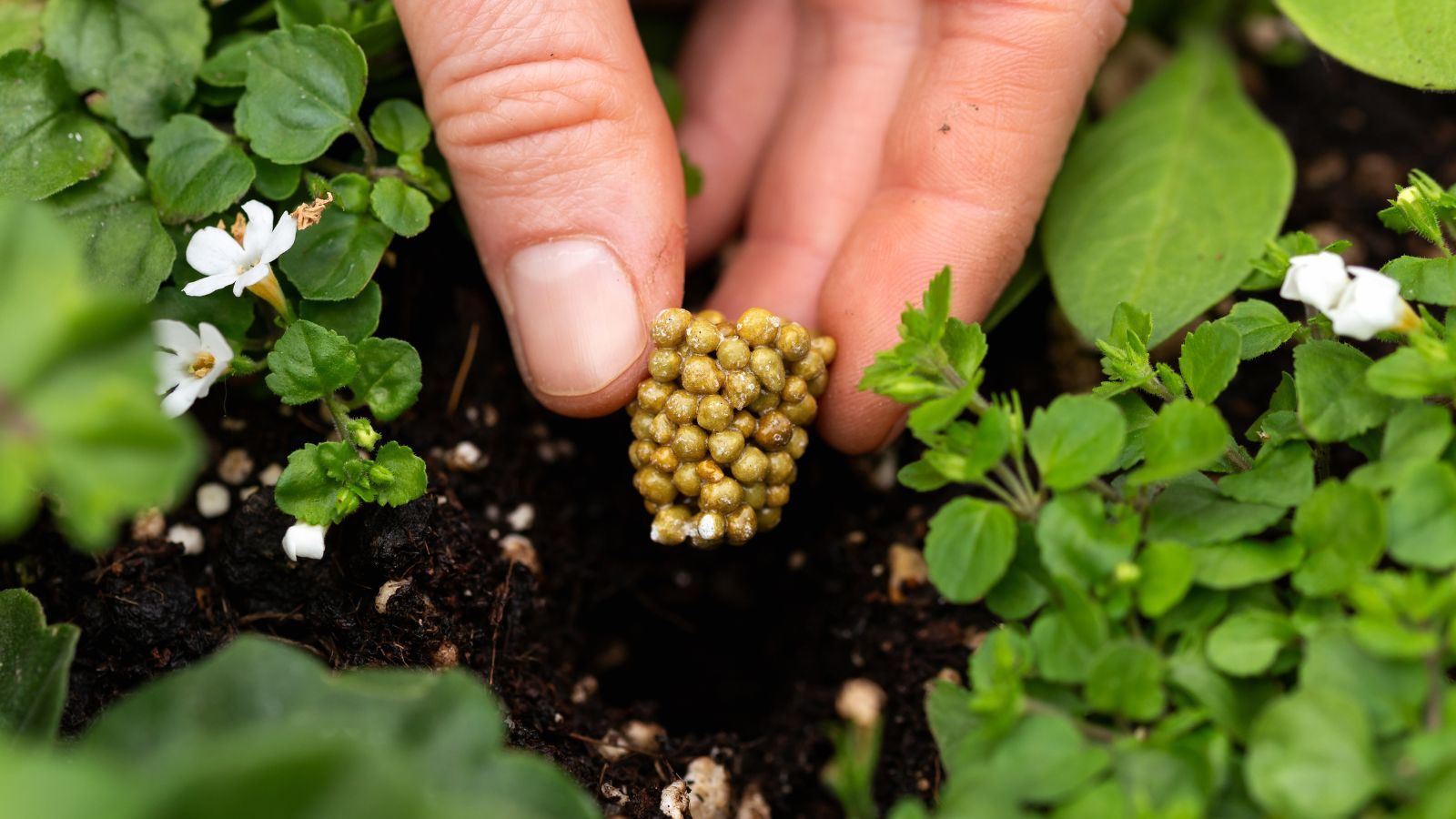

Fertilize kurapia to retain its vibrant inexperienced shade. Apply a slow-release steadiness formulation twice a 12 months – as quickly as in spring and as soon as extra inside the fall. Fertilizing inside the spring will encourage flowers if providing meals for pollinators is a part of your function with this ground cowl.
Maintenance
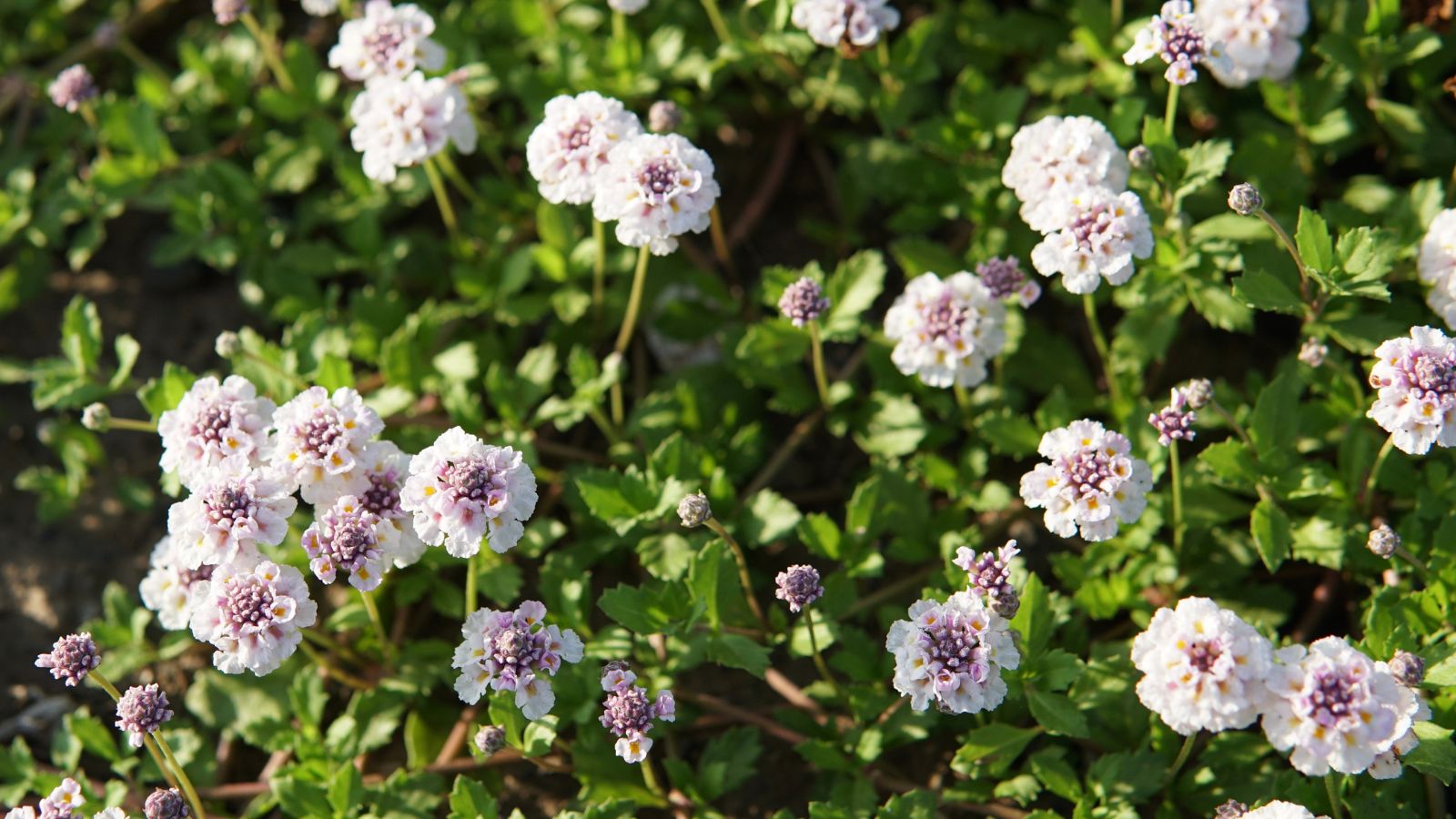

Equivalent to with a backyard, kurapia does require mowing. A a primary rule, mow as a minimum as quickly as a month to keep up it at a manageable lawn-like high inside the rising season. Enable them to develop just some inches taller within the occasion you’d like them to flower and produce forage for pollinators. By means of the winter months, the enlargement will decelerate considerably as will your should mow it.
Propagation
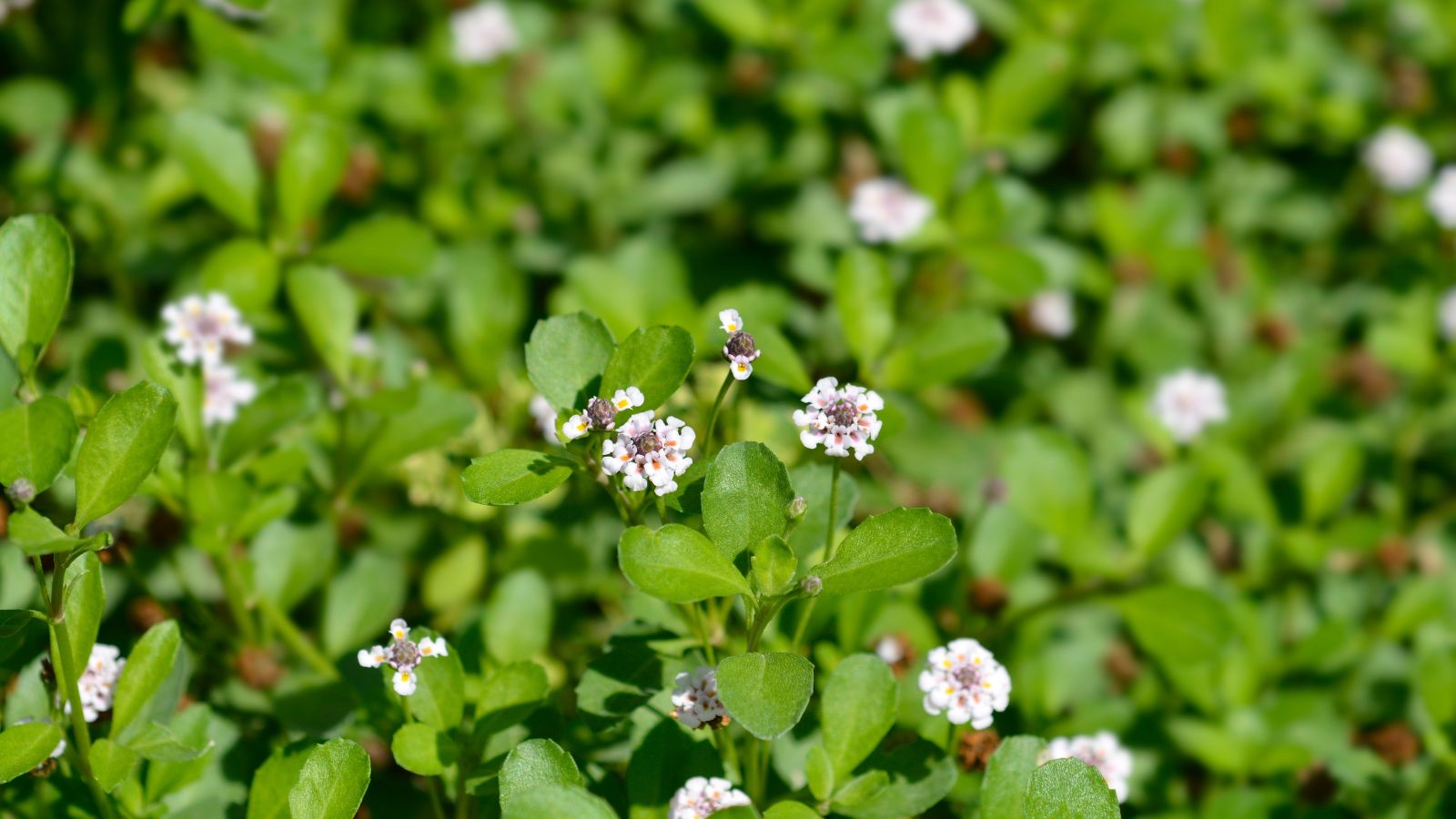

The commercially-available kurapia is sterile and because of this reality doesn’t produce viable seed, nonetheless it does unfold steadily over time with out seed viability. There’s little knowledge obtainable as as as to whether or not kurapia is likely to be propagated by the use of cuttings. Nonetheless, it could be dug up and divided as quickly as established and replanted elsewhere. Deliberate to clear the world of weeds each with a tarp or tiller sooner than planting kurapia.
Widespread Points
Kurapia ground cowl is a low repairs plant which makes it good for an house that you just need to cowl quickly and fully – significantly referring to weed suppression. This ground cowl sod has minimal rising points, pests, and illnesses.
Rising Points


Most continuously rising points with kurapia come up from dry areas attributable to poor sprinkler distribution, clogged nozzles, or leaks inside the irrigation applications. Check your sprinkler distribution to make sure your crops are being watered evenly. If positive areas are rising faster, thicker, or appear lusher than others with further runners, then this may be an indicator of irrigation factors.
Pests
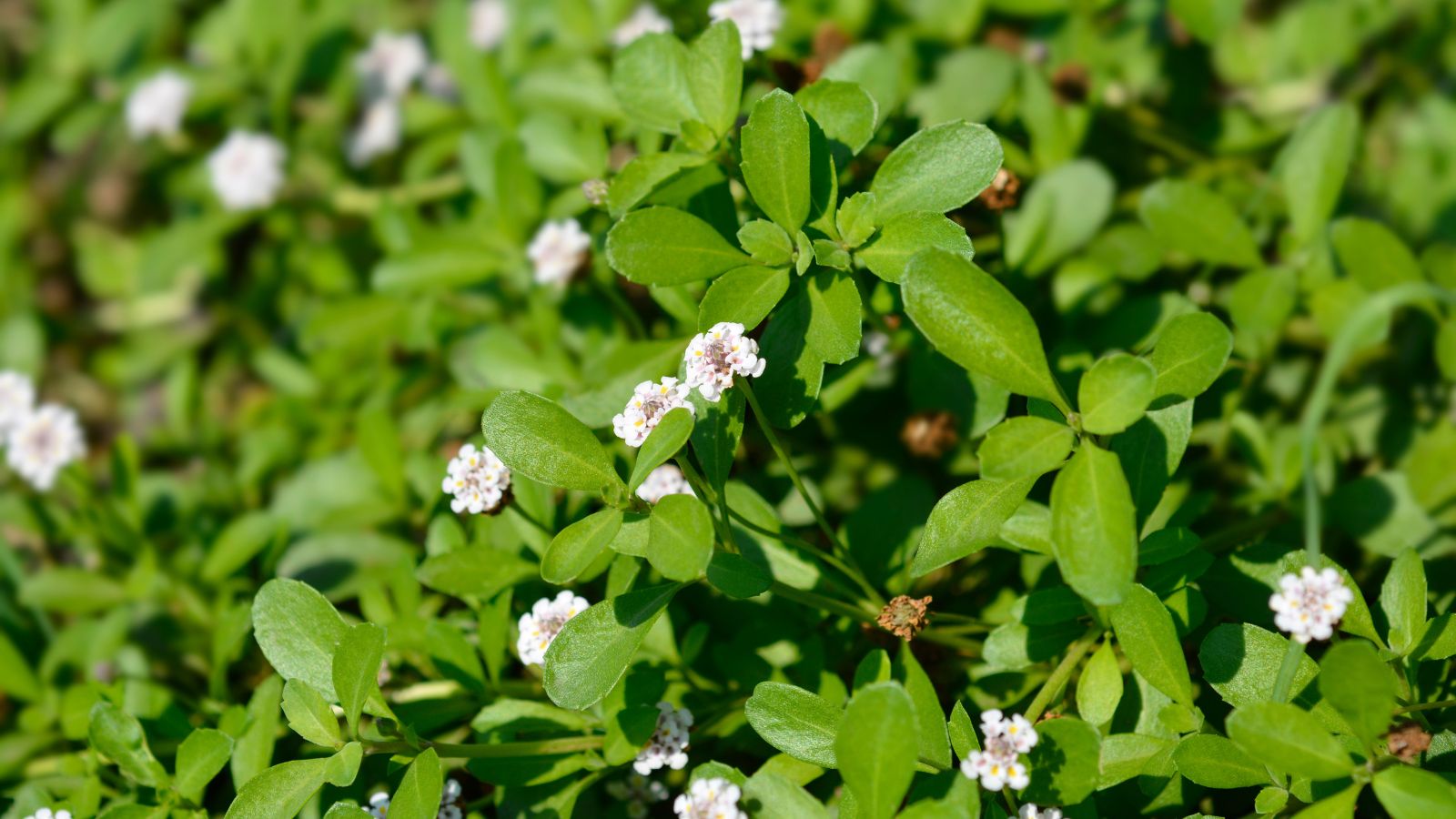

In most areas kurapia has no acknowledged pests! There have been opinions of hurt attributable to leaf chewing bugs, nonetheless this hurt has been minor and would not set off any long-term factors.
Sicknesses
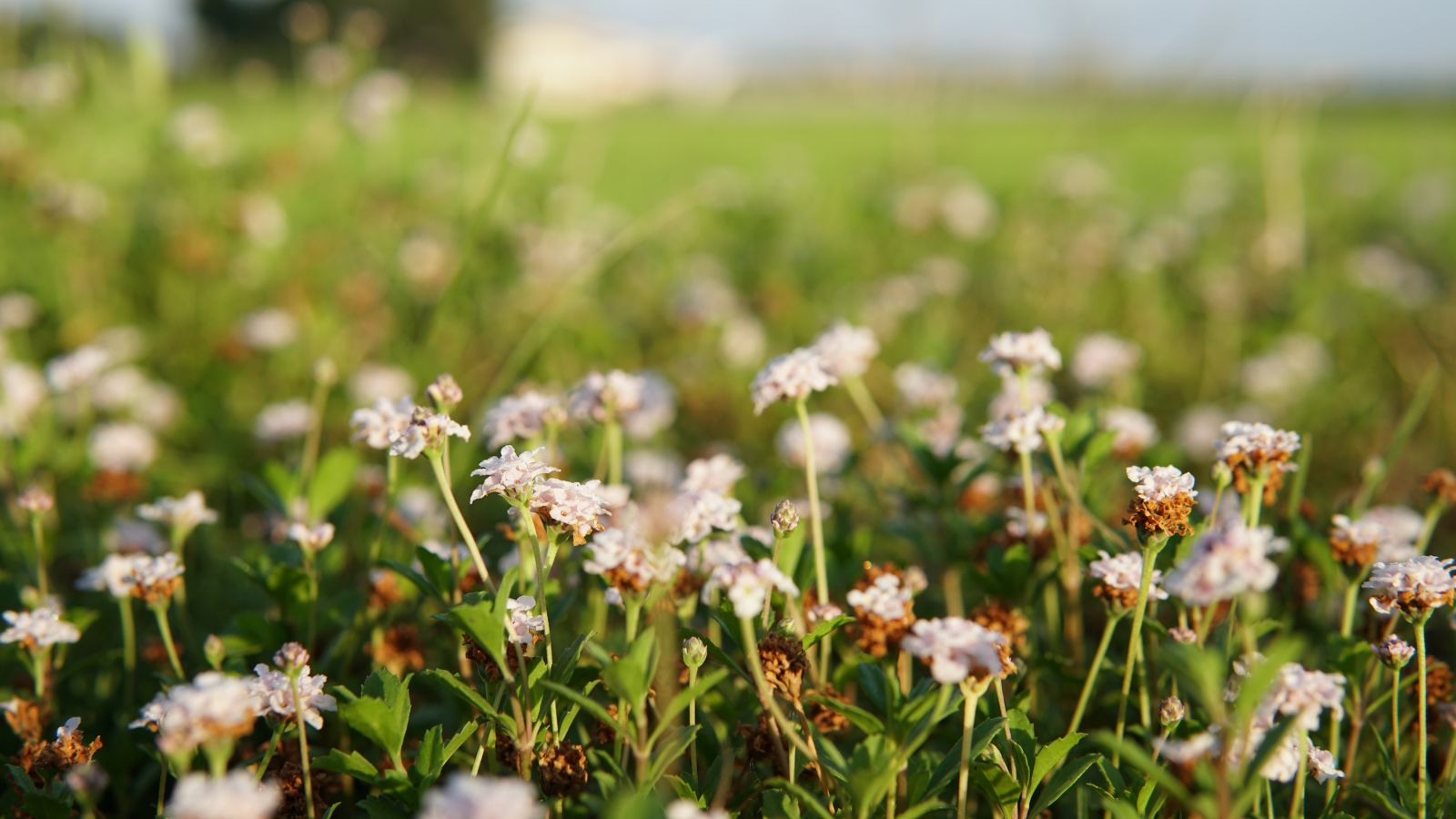

Equivalent to a shortage of pests, kurapia moreover has few sickness points. It is likely to be susceptible to sickness in extra humid environments. Avoid over-irrigation in humid climates as this will sometimes end in fungal illnesses. Since kurapia is low-growing, densely packed, and has little airflow between runners, it makes the right environment for fungal factors in extreme humidity. It may even have a troublesome time recovering from fungal infections, so preventative measures are biggest.
You will need to water inside the morning to avoid moist foliage when humidity tends to be at its highest. If a fungal an an infection is already present, then apply an pure fungicide per the instructions on the bottle.
Repeatedly Requested Questions
Kurapia makes a beautiful ground cowl! It grows horizontally by rooting alongside the stem, Defending the stems low to the underside by the use of mowing will encourage this horizontal improvement.
No, it is a sterile/non-invasive and cold-hardy cultivar. There are, nonetheless, Phyla nodiflora varieties which have been naturalized and develop like weeds in California and are considered invasive.
Kurapia can and may choke out weeds and grass as quickly as it’s very established.
Kurapia can keep mild foot guests, nonetheless it should be completely established first.
Certain, it is deer resistant.
[ad_2]
Provide hyperlink
